by Doyin Adeoye
“I have never liked it and each time I look into the mirror, I can’t forgive my grandmother for it.”
Although tribal marks are becoming extinct because of the extant laws that forbid parents or anyone from marking a child’s face, tribal marks in the olden days were interesting features used to adorn the faces.
According to researches, the act of marking the face dates back to the fifth Century B.C. when some foreigners were said to have lived in Egypt. The Greek historian- Herodotus wrote that these foreigners, in an attempt to prove that they were not Egyptians, cut their foreheads with knives, creating marks which differentiated them from their hosts.
This practice was later adopted in other African countries, especially at a time when kingdoms were invaded and people were kidnapped. As such, clans started marking their members to differentiate themselves and also to be able to know where an individual belonged to, peradventure there were chances for their return home.
Professor Lanre Olutayo of the Department of Sociology, University of Ibadan (UI) explained that slave trade was the primary reason for the advent of tribal marks in Nigeria, although it became a fashion trend over time.
“Tribal marks became a necessity in the old days as a result of the incessant communal wars and slave trade experienced then. Families became separated as people were often taken away as slaves and to avoid completely losing their folks, they decided to mark their faces, hoping it would help to withhold family ties. Such marks were used by individuals to trace their source, no matter how long they might have been held captive.
“However, when these wars ceased, the act of marking the face did not stop, because people then realised that besides the initial purpose for tribal marks, it also beautified the face, thus the proverb, tita riro la n kola, to ba jina tan, a d’oge, that is marking the face takes a painful process, but once it’s done, it becomes a beauty to behold,” he said.
It is however perplexing that centuries after the slave trade era, people still mark their ward’s faces, in the name of fashion and tradition.
In their book, Asa ati Orisa Ile Yoruba, Olu Daramola and Adebayo Jeje, described different patterns of tribal marks common among the Yoruba, which include the Abaja, Pele, Ture, Balamu, Keke, Gombo and others.
The Abaja are horizontal lines, minimum of which are three on each check. The lines are about one inch long and in some cases, they are four to eight strokes on each cheek. Pele on the other hand is a long vertical line, about a quarter of an inch long, with one or more strokes on each cheek, as the case may be. The Ture is an advanced pattern to the Pele, as three shorter lines are added to the Pele to make the pattern.
Gombo are marks drawn from the head to the cheeks, forming vertical and horizontal patterns on the face, while Keke are often tiny cuts, but usually many.
Describing the procedure, Mrs Munirat Alarape, who herself had eight slashes on each cheek and one beside each eyelid, said the procedure was always painful.
“For every first child in my family, that is the Ashipa family in Oyo town, be it a boy or girl, these marks must be drawn on their faces. It is drawn with the local knife, after which a blend of charcoal and coconut oil is applied for it to heal and darken. It is always so painful and you would be wide awake while it is being done,” she said.
However, means of identifying oneself have grown from displaying the marks on your face to simply tendering an identity card. Maybe this justifies why people who wear tribal marks nowadays are often burdened with the ridicule and sense of stigmatisation it attracts.
Speaking with Hammed Olaposi, a 30-year-old university graduate whose face is marked with the Gombo pattern, he relayed his emotions about the effect of the marks on his personality.
“Personally, I know these marks are horrible. I can’t count the number of times I’ve been embarrassed by them. I would have loved to be a model, I really loved it, but as I grew up, I realised my face could pose as a threat to such career in the future, so I decided to study a course where my face wouldn’t be a criterion for employment. I know I can’t be a model or work in a bank or be a model, so today, I am a pharmacist and I’m doing really well.”
Stating why the marks were given, Olaposi explained that in his tribe in Oyo, the marks were for beautification, as well as to prove that he was a legitimate child of his father.
“If I had a choice in the matter, I would have preferred to be viewed a bastard than to have these marks on my face. It would have ruined me if I had not fought the esteem killing effect it had on me. I remember when I approach people back in the days and even till date, the expression on their faces were often discouraging. Mere looking at me, people already have the notion that I am an uneducated person. I wish I could wipe it off, because relationship and career wise, I have lost a lot of things because of the marks and every time I think about it, I curse the person that initiated the idea of giving me these marks,” Hammed lamented.
Iyabo Ajayi, a student, believes the Pele on her cheeks make her look ugly. “I’ve never liked it because the marks are so deep that they make me feel ugly. I often ask my mother why she marked my face and those of my sisters, when she doesn’t have any. And she told us it was mandatory for every female child in my father’s family to wear them. It makes me feel inferior and my classmates, especially the boys usually tease me about it, so it kept me from having too many friends.”
 Another student, Omowunmi Abdusalam, said she would never forgive her grandmother for the marks on her face and neither would her parents “I have never liked it and each time I look into the mirror, I can’t forgive my grandmother for it. I was at my grandmother’s house for the holiday when I was around three years old and she marked my face because she liked it. I’ve never liked it on me,” she added.
Another student, Omowunmi Abdusalam, said she would never forgive her grandmother for the marks on her face and neither would her parents “I have never liked it and each time I look into the mirror, I can’t forgive my grandmother for it. I was at my grandmother’s house for the holiday when I was around three years old and she marked my face because she liked it. I’ve never liked it on me,” she added.
Besides the beauty tampered with, job prospects or relationships, the psychological effect of tribal marks on individuals in modern Africa cannot be overemphasised.
Mr Ojo Adshina, who is a lecturer at the Department of Psychology, UI, explained that with the advent of globalisation, there is little need for tribal marks as unlike the old days.
“There are no more wars which formed the major basis for inscribing marks on faces then and besides that, from the medical perspective, there have been instances where people have bled to death or contacted diseases through the process of face marking.
“Its effect on individuals are many. First, many people do not want to associate with someone that glaringly has marks on their face, so a sense of stigmatisation is attached to it. Secondly, when the marks are so glaring that it defaces the person, such individual would find it hard to forgive the parents, thereby constantly holding a grudge which over time might extend to other people.
“Also an individual with tribal marks might feel reduced in terms of beauty and this could make such person unnecessarily reserved, as they sometimes have the impression that they are different from others, believing their beauty had been tampered with. Also in terms of socialisaton or networking with people, individuals with tribal marks might experience inferiority complexity. They might not be able interact freely with people, even in situations where they have what is expected of them,” he explained.
While speaking on the behaviours of people with tribal marks, Dr. Olayinka Akanle of the Department of Sociology, UI, explained that tribal marks would not make an individual abnormal.
“An individual with tribal marks may even have a more balanced self esteem than an individual without them, because tribal marks do not warrant necessity for abnormal behavior. However, an individual with tribal marks may have an abnormal behaviour, because the marks in a way affect them. This is because in a civilised environment, like Ibadan or Lagos for instance, especially in a university environment, people with tribal marks are given the identity of being local persons. So the fact that you are segmented as a local person begins to get at you,” he explained.
Many individuals and bodies have risen over time to speak against the act of marking a child’s face for any reason, but over the years, many young faces are still seen around the streets with different patterns of tribal marks on their faces. Nigerian Tribune came across a woman who simply identified herself as Mrs Bashir and the daughter, who was around three years, had eight short tiny marks on each check, more like a leaf-like pattern.
Justifying herself, Mrs Bashiru said the marks were done to secure good health for the child.
Also in a related scenario, Adekunle Ariyo, a 26-year-old artiste who had thick long single stroke on each cheek, said they were made for health reasons. “I was told that I used to be constantly sick when I was young and that was why the marks were made on my face. Initially I hated them and hated myself for it, but over time, I realised I had no choice, so I had to accept and like it. But definitely, no matter what, I would not put my children through it,” he said. Many people without tribal marks, when asked, categorically stated that there was a limit to how far they could associate with people wearing them.
Kolawole Diamond, who is a student, was of the opinion that the act of marking the face should go into total extinction, as it is inhuman in nature.
“I think there should be harsh decrees by the government to completely eradicate it. I can be friends with an individual with tribal marks, but it cannot go beyond that,” he added.
Lekan Olaosebikan, a banker, considered it barbaric and said it warrants an individual who has it to go beyond what an ordinary person would achieve to fit in, terms of career, adding that “I used to think it was a form of punishment and I often wondered what a child could have done so wrong for a parent to be able to withstand such pain being inflicted on their child, all in the name of tradition.
“I was once in a bus and the man sitting beside me, who should be in his mid twenties, had 14 marks on each cheek. Then I asked myself, what kind of culture would permit a baby’s face to be slashed 28 times. If it was for beauty, that was not achieved with the guy, because he looked terrifying. No matter how brilliant or intelligent he is, the chances of mingling with the inner society for him are slim. However, I had a brilliant friend that had three thick strokes on each cheek and he got a job in a bank, so I believe it only warrants them to achieve more than necessary. I’ve never dated a lady with tribal marks before and I cannot.”
A large percentage of the people questioned explained that they would not date anyone with tribal marks, but could employ such individuals if they were competent and peradventure their facial marks would not have negative effects on the business.
Mrs Nneka Nnwachukwu, a nurse, while also reacting to the issue said as an Igbo woman, most of the tribal marks worn were often for health reasons, saying “the marks were often made on children when they had convulsions. The blood from the cut would then be mixed with some other ingredients, which the child would use as medicine to stop the convulsion. It is usually a thick line on each check, but personally, I don’t like and I cannot admit such for my children.” Over time, tribal marks have also raised health concerns.
A medical practitioner who preferred anonymity, explained that besides civilization, another reason people clamoured for its extinction were health concerns. “With the advent of many blood transmitted diseases, the risk factor of a child becoming infected through these marks are high. This is because unfortunately, most of the utensils used are often unsterilised and the same utensils are used for different patients and this is harmful to the health of a child,” he said.
Ereja Omitonade Ifawemimo, despite being a traditionalist, said tribal marks should be withdrawn from modern culture, “Except for ritual or medicinal purposes, I don’t subscribe to it. The only one that is probably of necessity is that made for abikus or elere omo, where a child is considered to die and return at different times, it could be done to ward off evil spirits. But for civilisation, even that is fast declining,” she said.
Feeling pathetic about herself, Adebola Adewale, is a university student whose face is marked with nine slashes on her check said. “Maybe I would have loved it if they were not this much. I am a lady and I wonder why my parents believed the marks would make me beautiful. People laugh at me in school so much that I’ve learnt to laugh at myself. I’ve grown used to them, but it is really sad. Over time, when I couldn’t forgive my parents, I moved out of the house and was raised by my grandmother,” she said.
Incising tribal marks on faces in many states in Nigeria today, have become a criminal offence and this in a way has helped to reduce the act across different tribes in the country.
Osun State government during the administration of Prince Olagunsoye Oyinlola, banned people in the state from giving facial marks or tattoo to their children. According to Section 24 of the law, “No person shall tattoo or make a skin mark or cause any tattoo or skin mark to be made on a child,” while Section 24 (2) of the law said “A person who tattoos or makes a skin mark on a child commits an offence under this law and is liable on conviction to a fine not exceeding N5,000 or imprisonment for a term not exceeding one month or to both such fine and imprisonment.
Also Ekiti State government under Governor Ayo Fayose passed a Child Rights Law which forbids all forms of tattoos and tribal marks on children of the state.
———————–
Read this article in ThisDay Live
Op-ed pieces and contributions are the opinions of the writers only and do not represent the opinions of Y!/YNaija.






Everyone can now make over $860 weekly through your liberty reserve account,
it is simple , it is free, everyone can do it. for more information and details,
visit this blog: http://instant-moneyonline.yolasite.com/.